The Best Type of Mulch for Every Kind of Flower Bed
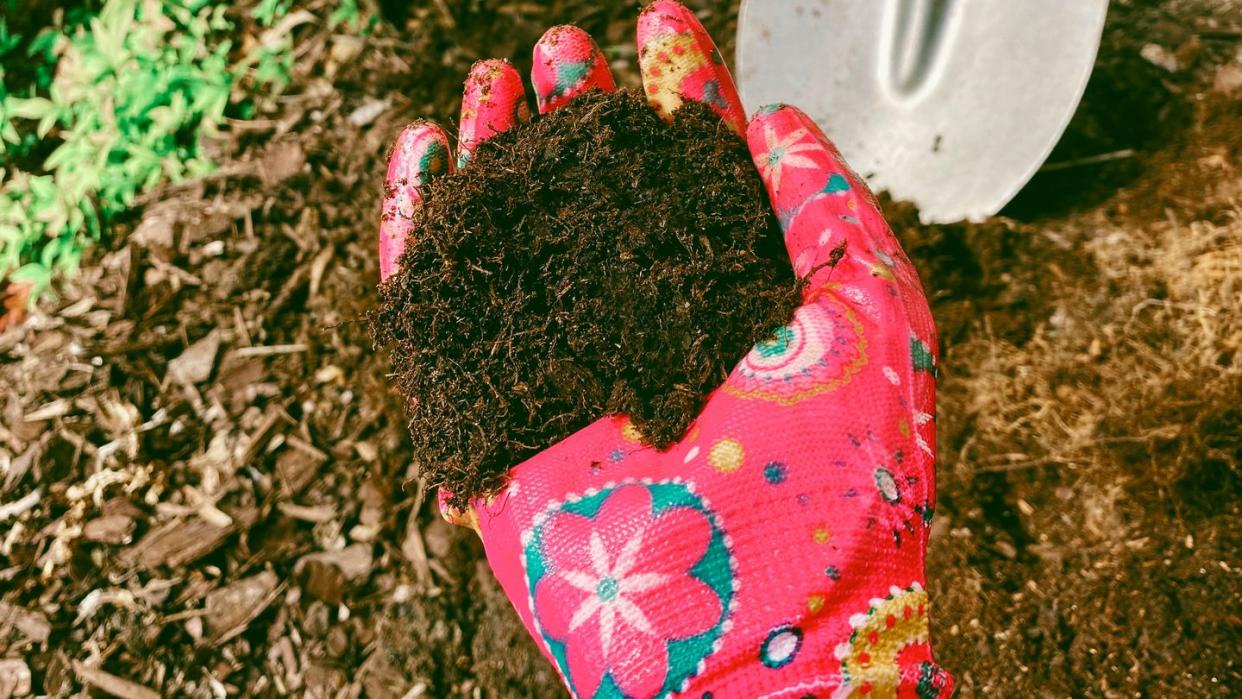
Planting flowers, perennials, shrubs and trees without mulching is rather like getting dressed for an evening event without combing your hair. Mulch is the finishing touch that makes flower beds look neat and polished, and every gardener should utilize it for both aesthetic and practical reasons in the garden.
There are many different kinds of mulch, ranging from shredded hardwood to pine straw. The best mulch for flower beds depends on several factors, including what's regionally available. From a practical standpoint, mulch retains moisture, so you’ll be able to water plants less often. It also prevents weed seeds from sprouting as readily, which means less frequent weeding (always a good thing!). Over time, some types of organic mulch break down and can contribute nutrients to the soil or improve soil texture.
Mulch also protects the roots of plants from winter freezes. Fluctuating temperatures can cause a phenomenon called “frost heave,” which causes the plant to be thrust up out of the ground in the constant freeze-thaw cycle that often occurs in late winter and early spring. Plants affected by frost heave sometimes don’t survive because their roots have been exposed. This is especially common with some perennials and with shallow-rooted shrubs, such as hydrangeas.
You can mulch any time of year to protect your plants, especially newly planted perennials and shrubs. When mulching, make sure to use a layer of about 2 to 3 inches deep. Be careful to avoid mounding mulch up against the base of the plant in a “volcano” shape. Instead, leave a few inches of space between the stem or trunk of the plant and the mulch. Otherwise, the plant stems stay wet, which invites pests and diseases.
One other note worth mentioning: Some experts recommend against using manmade mulches, such as those made from rubber, which do not control weeds well and may leach chemicals into the soil as it decomposes. Ahead, read on about the best types of mulch for flower beds.
Shredded Hardwood Bark
Shredded hardwood mulch is an excellent choice for flower beds because it breaks down over time and improves soil texture. It doesn't wash away easily and is good at suppressing weeds. There are both natural colors and dyed mulch.
Various textures, from coarse to fine, are available. The finer the texture, the more quickly the mulch will break down. Shredded hardwood often needs reapplied every year or two.
Best for: Flower and landscape beds
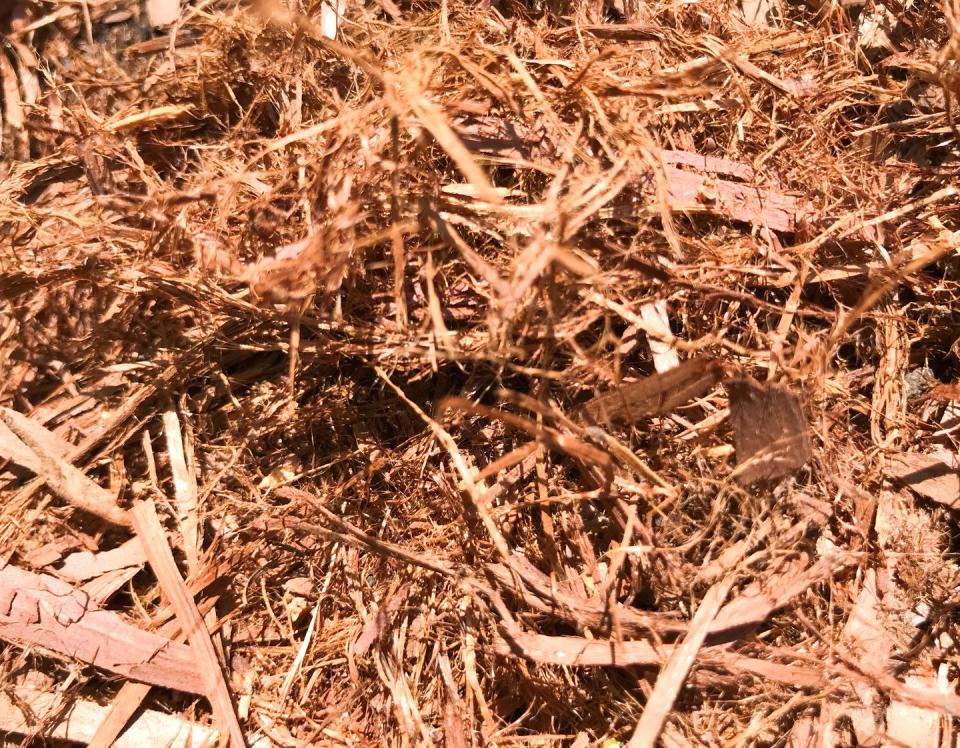
Straw
Straw (not hay, which contains seeds) is an inexpensive mulch for vegetable gardens and strawberry patches. It's sold in bales, which can be broken apart and spread out on paths and between plants.
Straw is utilitarian, however, and is not an attractive mulch for flower beds because it takes on a grayish hue as it ages and decomposes.
Best for: Edibles such as vegetable gardens
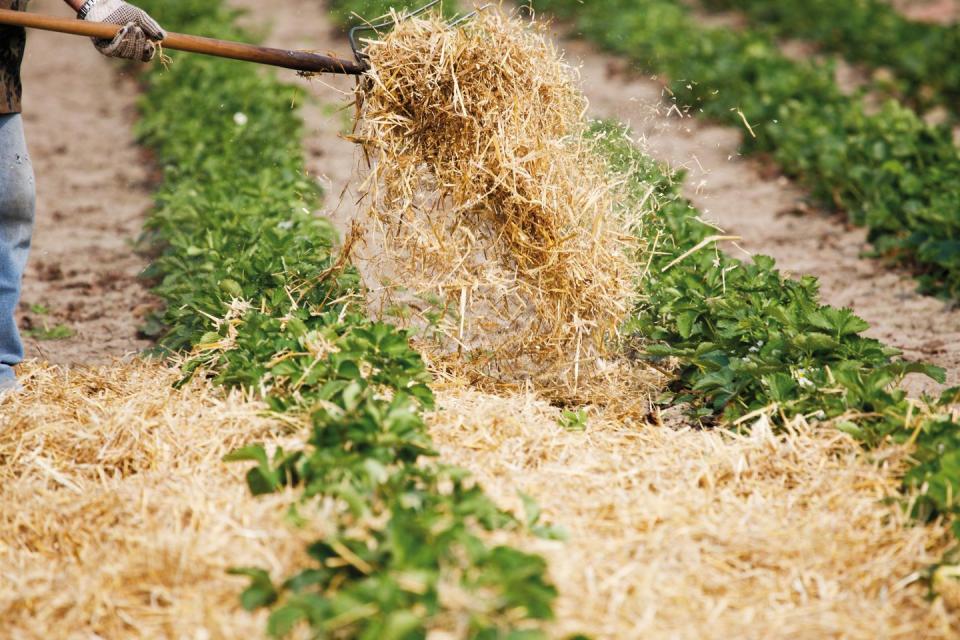
Pine Bark
Pine bark mulch consists of large chunks or nuggets of bark. They're typically dark-colored and add a rustic touch to garden beds. This type of mulch doesn't break down as fast as the shredded bark types. Typically, it needs reapplied every few years.
However, be aware that pine bark chunks are not always great at suppressing weeds and may float away in heavy rains.
Best for: Landscape beds with a more rustic feel
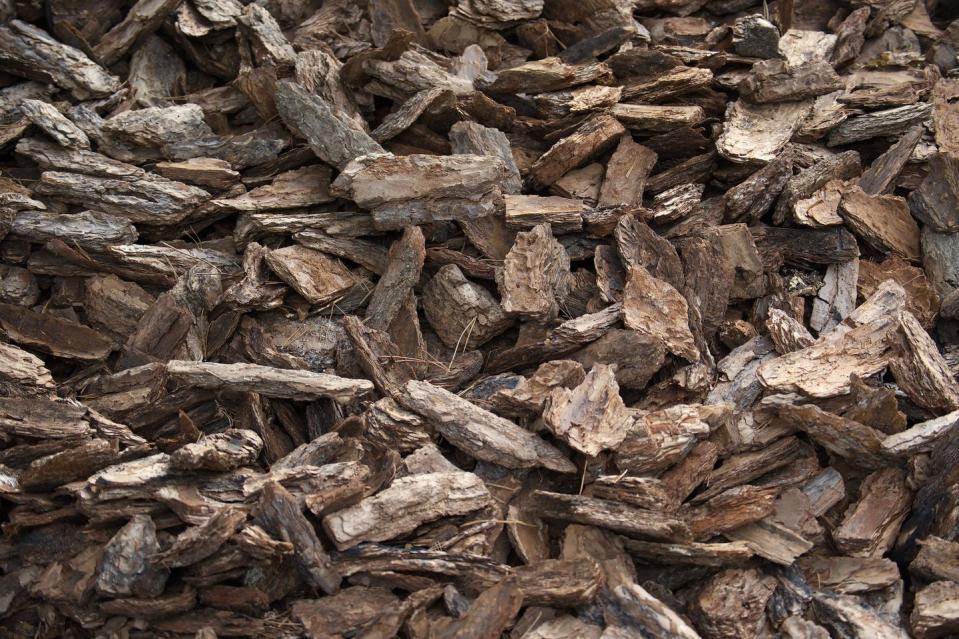
River Rock
River rocks, or stones that are 1/2-inch in dimeter or larger, are attractive and last forever.
However, river rocks do not add organic matter to the soil over time, and they do not conserve moisture well. They also may allow a few weed seeds to germinate, though it's easy to pull them.
Best for: Pathways, or to protect washout from gutter overflow
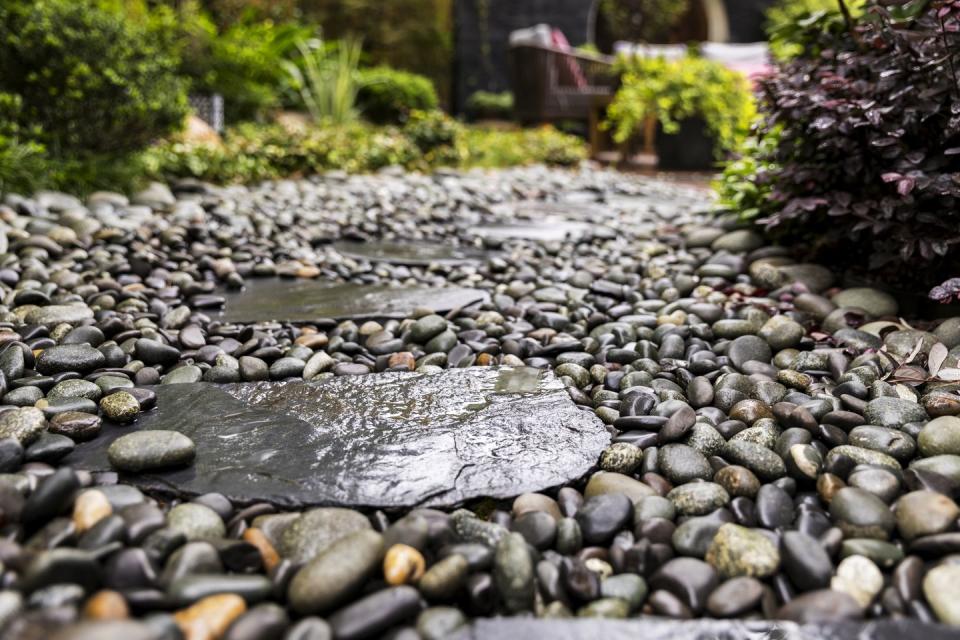
Pine Straw
In some parts of the country, pine straw (needles) are the preferred mulch because of their abundance and availability. Pine straw is lightweight and easy to apply, but you'll need a slightly thicker layer (3 to 4 inches) to suppress weeds.
Pine straw does not compact, but it can break down quickly and sometimes needs to be reapplied more than once a season.
Best for: Flower and landscape beds
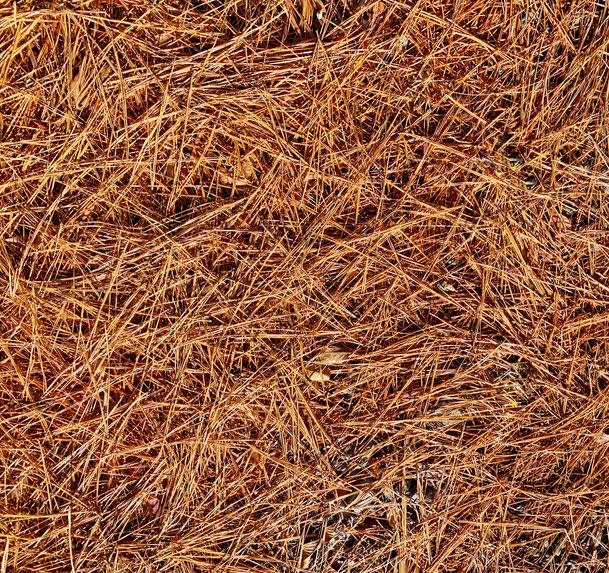
Pea Gravel
Pea gravel is much smaller rock (about the size of large peas), often with a sandy color. It makes attractive paths through garden beds, but it does not add organic matter to the soil and can be difficult to keep weed-free and contained. Apply it about an inch deep.
Best for: Walkways or landscape beds with edging to contain it from spilling over into lawns
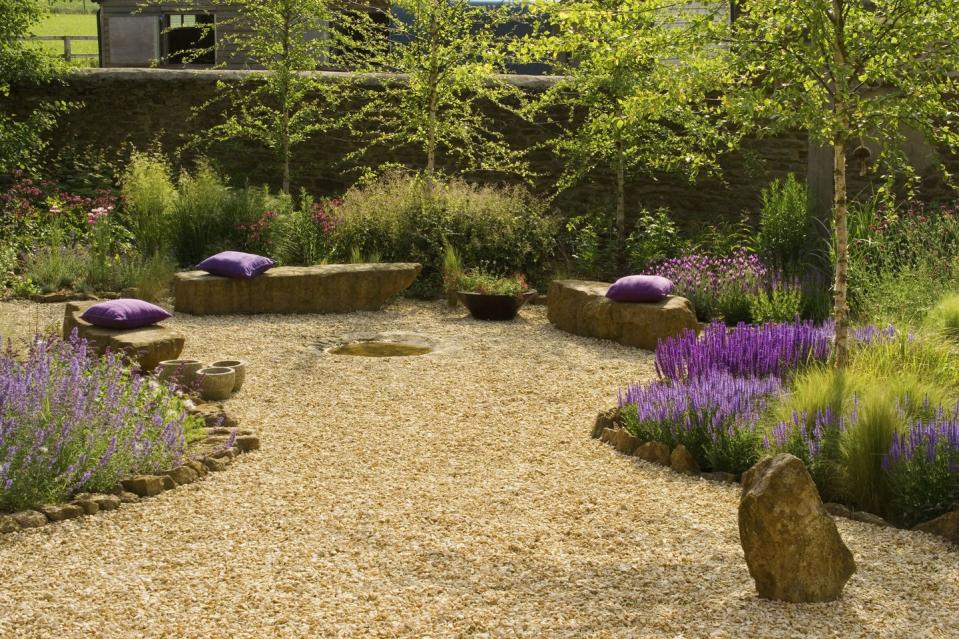
Compost
Compost adds nutrients to the soil, improves soil texture, and suppresses weeds. Apply it 2 to 3 inches deep around plantings. Make sure to purchase finished compost so that it contains no weed seeds and does not have an odor.
Best for: Flower and landscape beds
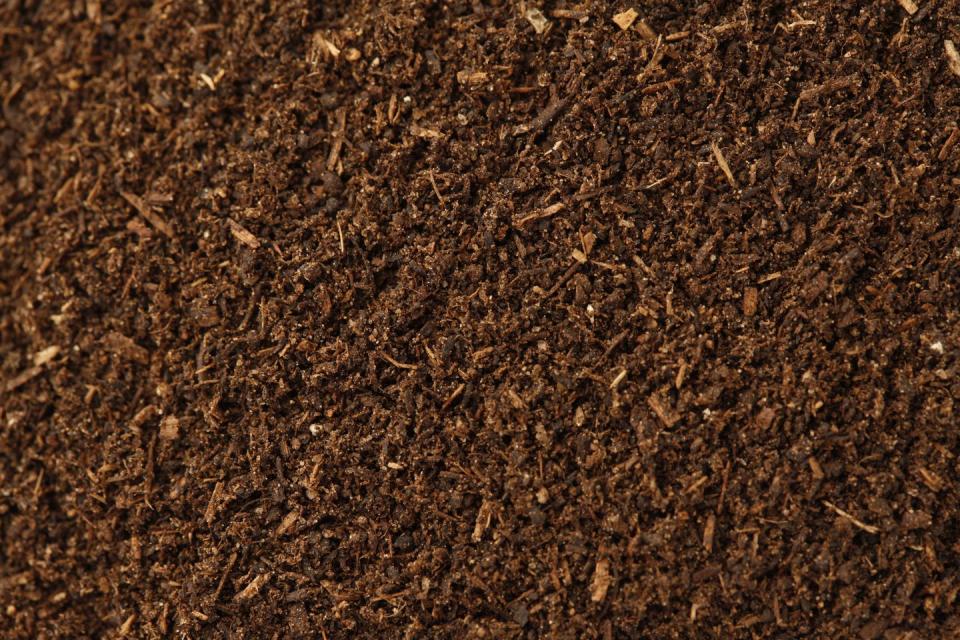
Cocoa Bean Hulls
Cocoa bean hulls, which are a byproduct of cocoa bean processing, make a handsome, dark brown mulch with a fine texture. A sweet chocolaty scent is also discernible when first applied.
However, cocoa hull mulch can compact easily and form a crust, which prevents water flow, so it may need raked out from time to time.
It is also highly toxic to pets, if ingested, and can cause GI and neurologic distress in cats and dogs. Avoid using if your pets are ever left unattended in your garden.
Best for: Flower or landscape beds where pets will not have access
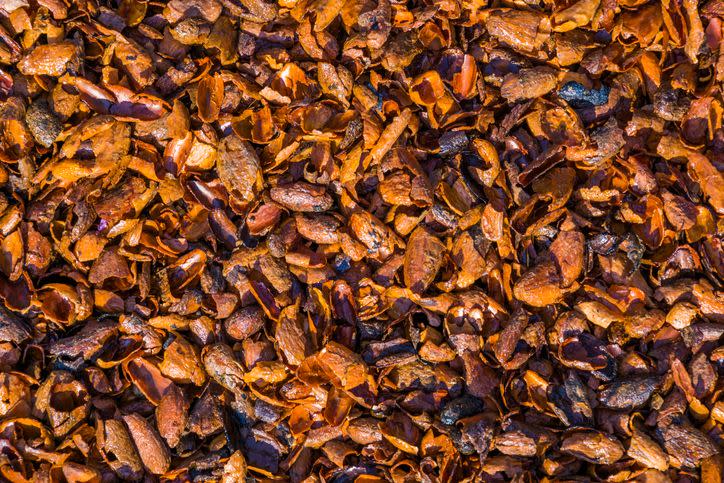
You Might Also Like

